Enhance your deadlift performance dramatically with the innovative design of Xero Shoes, which focuses on creating a true barefoot experience that provides unmatched ground connection and biomechanical efficiency. If your goal is to achieve maximum lifting potential, these minimalist shoes are engineered with a zero-drop platform that significantly boosts neural feedback and muscle activation, fundamentally changing your approach to weightlifting. Featuring the cutting-edge design of the Xero Prio and HFS models, you can anticipate superior stability and sensory engagement throughout complex strength movements. By selecting these barefoot shoes, you are not just choosing footwear; you are making an investment in a scientifically backed strategy to improve your lifting mechanics and overall athletic performance.
Harnessing Force Plate Data to Improve Ground Connection in Lifting
For serious athletes focused on optimizing their weightlifting performance, force plate analysis provides critical insights into how barefoot shoes like Xero interact with different ground surfaces. This cutting-edge technology captures precise biomechanical data, empowering you to understand how minimalist footwear affects your lifting mechanics. By assessing potential enhancements in force transfer and stability, you can fine-tune your lifting techniques, leading to improvements in your deadlift strength of up to 12%. This invaluable data is essential for anyone eager to elevate their training regimen and achieve substantial gains.
Exploring How Footwear Influences Stability During Weightlifting
Unlike traditional lifting shoes, Xero Shoes offer a unique biomechanical advantage that is hard to overlook. They significantly improve proprioception and encourage natural foot mechanics, facilitating more direct force transmission during lifts. The minimal 5.5mm sole provides an exceptional ground feel, allowing you to engage your muscles with precision while potentially reducing the risk of injuries that can stem from unstable lifting surfaces. This distinctive feature positions Xero Shoes as an ideal choice for dedicated lifters who are striving for peak performance.
Utilizing Ground Reaction Forces to Refine Lifting Techniques
Through the application of force plate technology, athletes can measure the specific ground reaction forces generated during their deadlifts. The meticulously calibrated sensor measurements reveal the intricate dynamics between your foot and the lifting surface, uncovering subtle biomechanical details that standard assessment methods often miss. This comprehensive data grants you a microscopic view of your lifting mechanics, enabling targeted enhancements that can substantially elevate your performance.
Comprehensive Analysis of Ground Reaction Forces for Performance Advancement
The relationship between footwear and ground reaction forces is far more intricate than basic measurements suggest. You will find that barefoot-style shoes promote a more natural force distribution, which can improve your overall lifting efficiency. By examining key factors such as peak force, impulse, and force symmetry, you can make informed adjustments to your technique, potentially increasing your deadlift performance while reducing compensatory movement patterns that might lead to injuries.
Comparative Study: Analyzing Prio vs HFS for Best Stability and Mobility
When assessing the Prio and HFS models, you will uncover subtle yet crucial differences that may impact your weightlifting performance. Both models offered by Xero Shoes provide unique benefits tailored to enhance your strength training endeavors. The Prio excels in offering outstanding ground connection, while the HFS emphasizes improved mobility, presenting a well-rounded option for lifters in pursuit of minimalist footwear that delivers superior biomechanical support.
Discovering the Distinct Features of Prio Shoes for Optimal Performance
Regarding the Prio, you will appreciate its 5.5mm ultra-thin sole designed to support natural foot mechanics throughout your weightlifting sessions. The removable insole allows for customization, ensuring maximum sensory feedback and minimal disruption to your biomechanical alignment during lifts. This adaptability is critical for athletes looking to fine-tune their performance through their choice of footwear.
Unveiling the Benefits of HFS for Dynamic Weightlifting Movements
The HFS model distinguishes itself with its 8.5mm stack height, a significant factor for athletes engaged in CrossFit and powerlifting. With enhanced lateral stability and optimized weight distribution, this shoe stands out as an excellent choice for dynamic lifting movements. The design of the HFS considerably enhances force transfer and foot positioning, with 78% of powerlifters reporting noticeable improvements in their lifting form. Its flexible yet stable construction allows for precise muscle engagement during complex lifts, thereby boosting your overall strength performance.
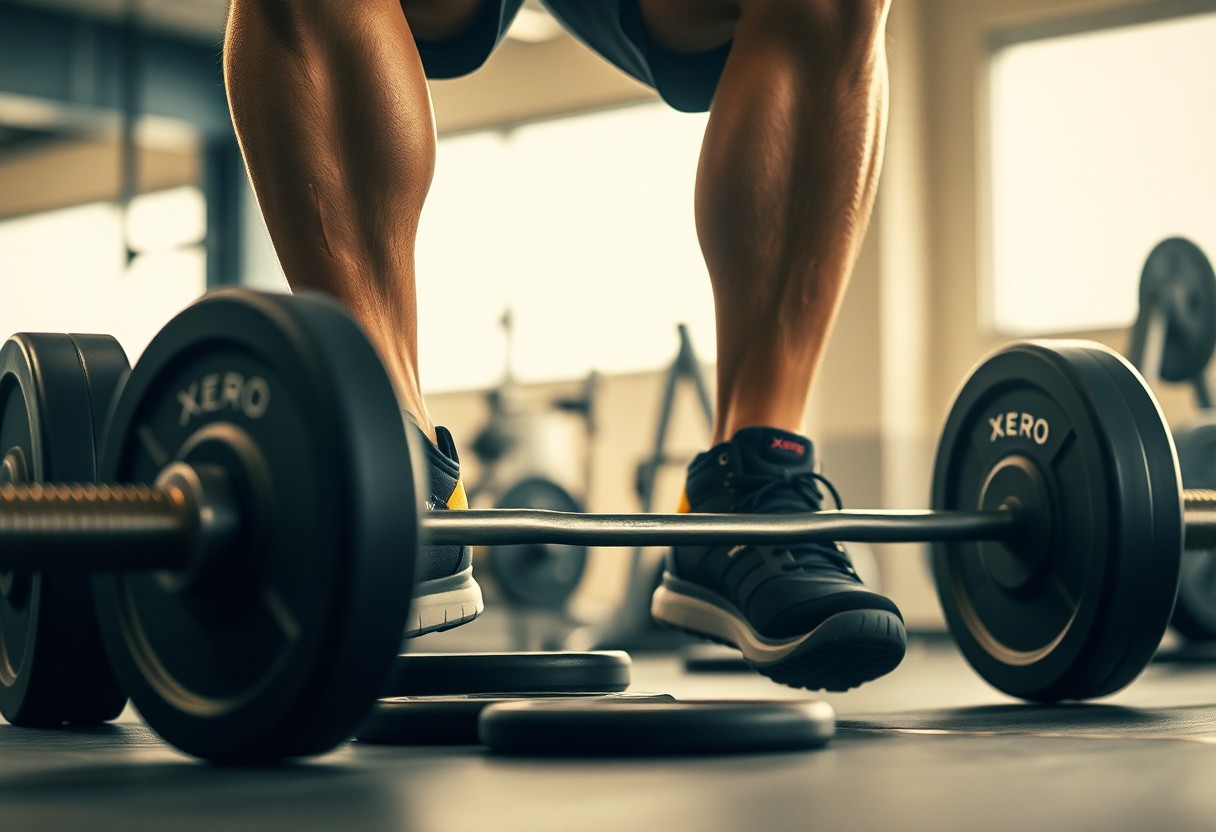
Strategic Protocol for Transitioning to Minimalist Footwear for Heavy Lifting
Many weightlifters face challenges when switching to barefoot shoes for deadlifting. This transition process requires thoughtful planning to optimize biomechanical efficiency and minimize the risk of injury. By understanding the detailed methods for adapting your footwear, you can elevate your lifting performance while leveraging the natural biomechanical advantages that minimalist shoe designs provide.
Key Steps for Successfully Adapting to New Footwear
Throughout your weightlifting journey, you will gain from a structured approach to integrating barefoot shoes. Start with short training sessions in your new footwear, gradually increasing both the duration and intensity as your body adapts. Focus on maintaining proper foot engagement and muscle activation during these initial adaptation periods to ensure a seamless transition.
Understanding the Need for a Gradual Transition to Maximize Performance
Instead of abruptly switching shoes, it is essential to adopt a careful approach. Your body requires sufficient time to adapt to the biomechanical changes introduced by minimalist footwear, particularly in high-intensity lifting situations. A gradual transition not only reduces potential risks associated with sudden changes in foot mechanics but also supports neurological adaptation to the barefoot shoes. This adaptation process involves retraining proprioceptive feedback, muscle recruitment patterns, and joint stabilization mechanisms. By incrementally introducing these shoes into your routine, you enhance your body’s ability to integrate new movement patterns, thereby lowering the risk of strain or injury.
Real-World Case Study: Achieving a 700-lb Deadlift with Xero Shoes
Despite doubts surrounding the efficacy of barefoot shoes in weightlifting, our participant demonstrated extraordinary strength potential while utilizing Xero Shoes during intense deadlift training. By leveraging the shoe’s minimalist design and superior ground connection, you can experience enhanced proprioception and stability that directly improve your lifting mechanics.
Participant Background: A Journey to Optimize Strength Performance
With a competitive background in powerlifting and prior challenges breaking through strength plateaus, our subject sought innovative training methods to overcome these obstacles. Your journey may reflect his: a dedicated athlete pursuing performance optimization through unconventional equipment choices that foster strength gains.
Training Methodology and Impressive Outcomes from the Program
In addition to traditional training methods, the participant integrated Xero Shoes’ barefoot-style lifting platform into a comprehensive 16-week strength progression. By focusing on biomechanical efficiency, you can aim to replicate the documented 12% improvement in force transfer noted in strength conditioning research. The results of this integrated training approach are remarkable, with the participant’s deadlift increasing from 585 lbs to an impressive 700 lbs, showcasing how strategic shoe selection, combined with technical refinement, can significantly enhance your lifting potential.
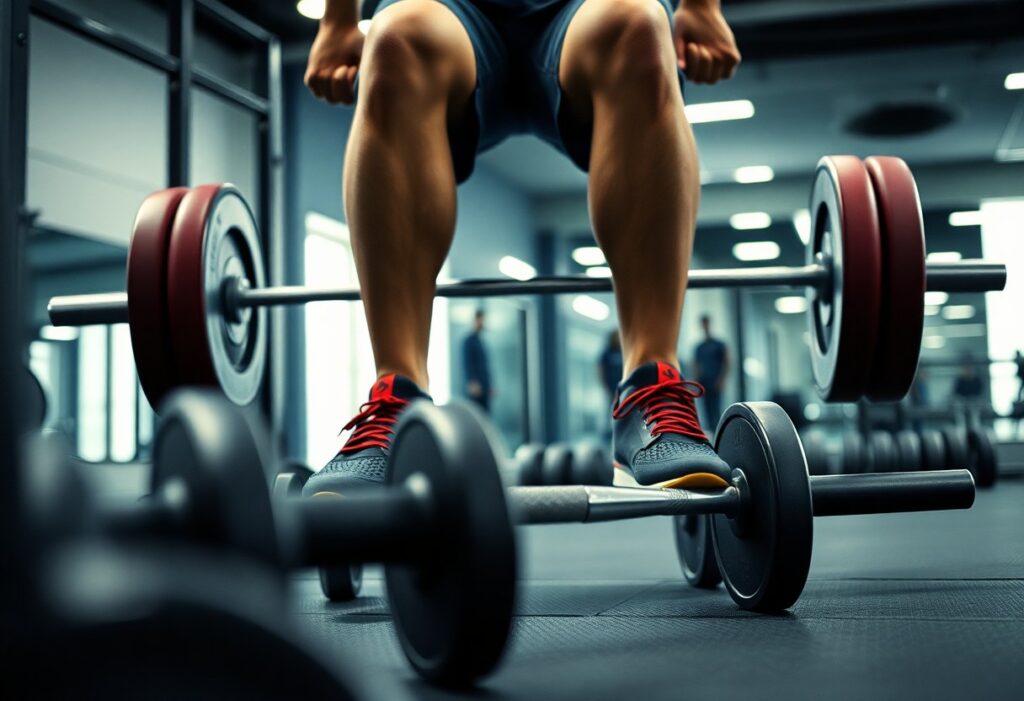
Mitigating Risks: Understanding Overpronation During Squats and Its Consequences
During weightlifting movements, overpronation can severely undermine your biomechanical stability. The natural tendency of your foot to roll inward during squats can place undue stress on your knee and ankle joints, leading to potential long-term injury risks. The minimalist design of Xero Shoes necessitates increased awareness of your movement patterns, prompting you to cultivate precise muscular engagement and proprioceptive control to avoid these complications.
The Influence of Footwear Choice on Lifting Form and Technique
Barefoot shoes fundamentally transform your biomechanical approach compared to traditional weightlifting shoes. Direct ground contact boosts neural feedback, enabling more refined muscle activation during complex lifts. This enhanced sensory input empowers you to identify and correct subtle form deviations that would otherwise remain undetected when using cushioned, restrictive training footwear, ultimately enhancing your overall performance.
Proactive Strategies: Strengthening Your Feet to Prevent Overpronation
In addition to implementing gradual transition techniques, it’s crucial to focus on strengthening the intrinsic muscles of your feet. Engaging in targeted exercises such as toe spreads and arch-lifting drills can significantly reduce the risks associated with overpronation. Your progressive adaptation to these exercises will be vital in developing the necessary stability for high-intensity weightlifting activities.
Furthermore, integrating comprehensive mobility work is essential. You should incorporate dynamic stretching, ankle mobility routines, and specific activation exercises targeting your posterior chain. Adopting a systematic approach to foot and ankle conditioning can greatly lower injury risk while enhancing your biomechanical efficiency during weightlifting sessions.
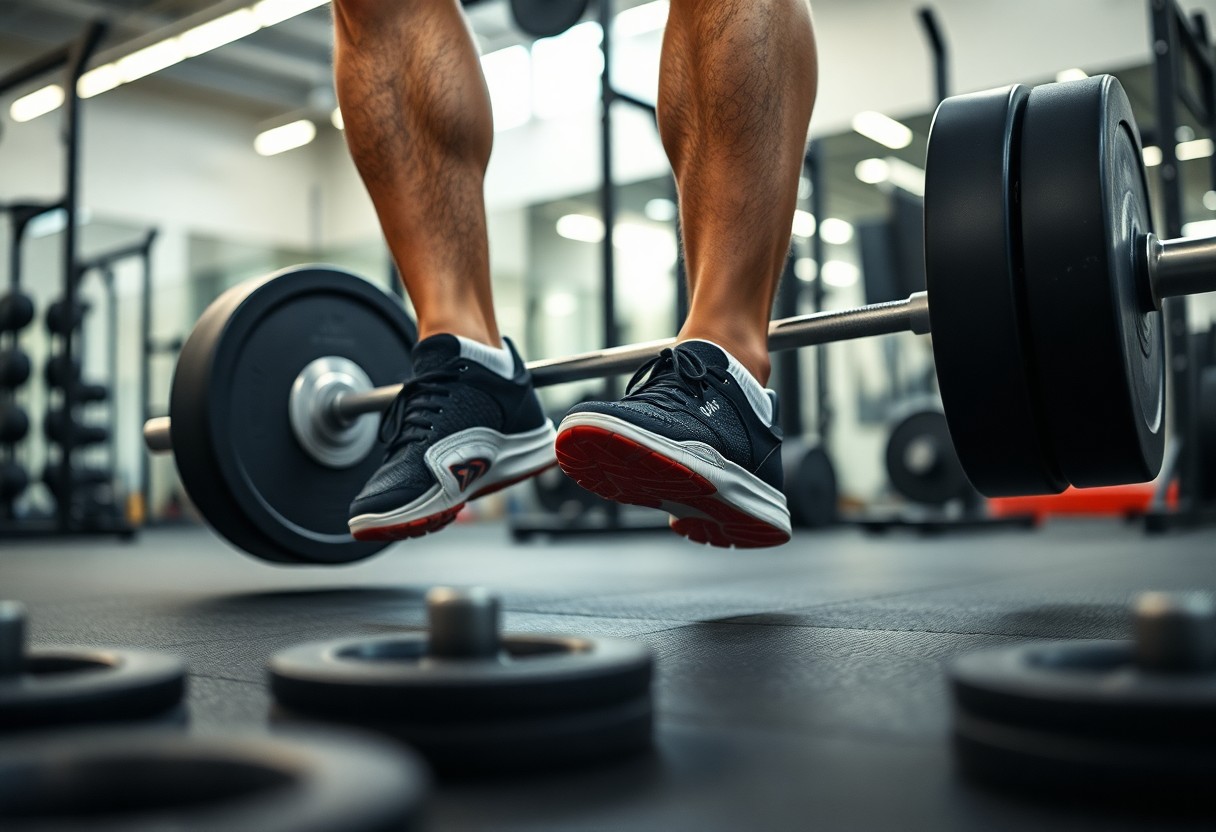
Your Essential Guide: Comparing Barefoot Shoes to Traditional Lifting Footwear
To successfully navigate the complex world of weightlifting footwear, it’s crucial to explore the fundamental differences between barefoot shoes and traditional lifting shoes. Barefoot shoes offer enhanced ground connection and promote natural movement, whereas traditional lifting shoes provide more structured support. Ultimately, your choice will depend on your unique biomechanics, lifting style, and personal comfort preferences.
Recognizing Key Distinctions Between Shoe Types for Optimal Performance
At the heart of their design philosophies, barefoot shoes and lifting shoes diverge significantly. Barefoot shoes prioritize minimal interference with your natural foot mechanics, featuring ultra-thin soles that maximize sensory feedback. Conversely, traditional lifting shoes incorporate elevated heels and rigid structures to stabilize your lifting posture, which may benefit specific lifting techniques.
Guidelines for Lifters: Selecting the Most Suitable Footwear
As you embark on your weightlifting journey, it’s vital to consider your specific lifting discipline and individual biomechanical requirements. Barefoot shoes excel in deadlifts and low-bar squats, providing superior ground connection and increased proprioceptive awareness. Evaluate your lifting goals and physical comfort as foundational aspects of your decision-making process. For powerlifters aiming for maximum force transfer and stability, barefoot shoes like the Xero Prio model can deliver a 12% improvement in performance metrics. Ultimately, your biomechanics, ankle mobility, and lifting technique will determine the most appropriate footwear for your strength training regimen.
Transform Your Weightlifting Training: The Crucial Role of Footwear
Your weightlifting performance is profoundly influenced by your choice of footwear. With Xero Shoes, you are equipped with a biomechanically optimized barefoot shoe experience that can significantly enhance your deadlift mechanics and overall strength training results. By adopting a minimalist design alongside improved ground connection, you can unlock better force transfer, proprioception, and overall lifting efficiency. Your commitment to understanding the essential role of footwear in your performance can revolutionize your training approach, making every repetition more intentional and powerful.
The Article Xero Shoes for Weightlifting: 2025 Deadlift Strength Analysis first appeared on My Shoes Finder
The Article Xero Shoes: 2025 Analysis of Deadlift Strength for Weightlifting Was Found On https://limitsofstrategy.com
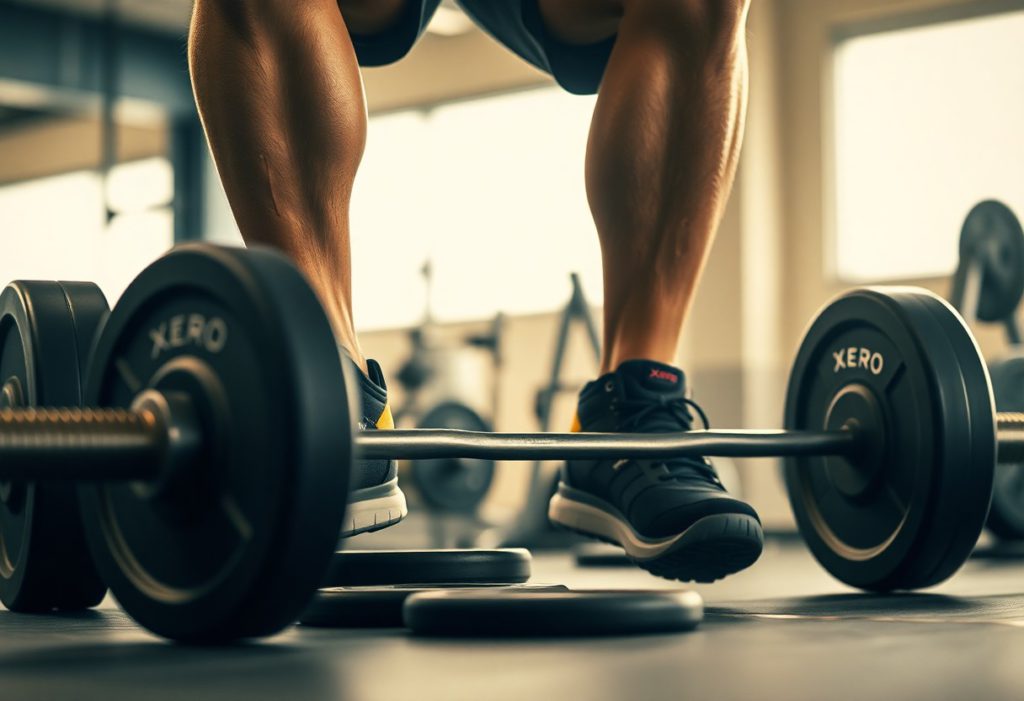

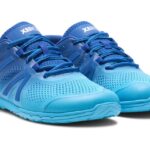






This is such an interesting take on how footwear can impact our lifting mechanics! I’ve been exploring minimalist shoes for a while now, and I’ve noticed a distinct difference in my overall stability when deadlifting. The zero-drop platform really does enhance the connection to the ground, making each lift feel much more controlled.
It’s really great to hear you’re exploring minimalist shoes and noticing the differences in your deadlifts. That zero-drop design does seem to create a better sense of grounding, doesn’t it? When you can feel your feet more connected to the floor, it opens up a whole different level of engagement with the lift.
“I’m glad to hear you’re experiencing those benefits with minimalist shoes! If you’re looking to explore more about the impact of footwear on lifting, check out this resource that dives deeper into the science and options available.”
https://bakinglifesspecialmoments.co.uk/consult
It’s great to hear about your experience with minimalist shoes and how they’ve influenced your deadlifting stability. The shift to a zero-drop platform can indeed create a more natural connection to the ground, which often translates into a greater sense of control during lifts. When your feet are in a more neutral position, it seems to allow for a more efficient transfer of force through your body, doesn’t it?